The Forbidden City tile floor cracked, posterity dug up to discover the creepy mystery of the Monarch
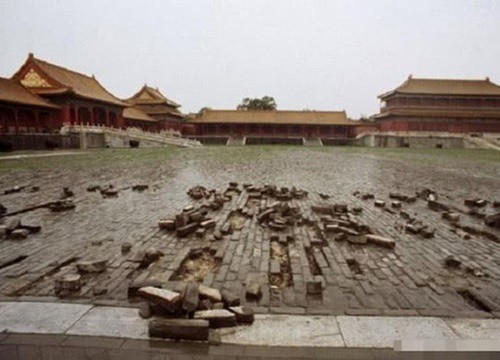
1 | 0 Discuss | Share
The Forbidden City or Imperial Palace in China is one of the largest-scale palaces in the world that still exists today.
The overall area of the Forbidden City is 720,000 m2 and it is said that there are 9,999 rooms. In 1407, the third Ming emperor, Minh Thanh To Chu De, started the construction of the Forbidden City. This massive palace took 14 years to complete and had to mobilize hundreds of thousands of workers across the country. The magnificence, magnificence and solidity of the Palace to this day is still very well preserved and makes it the pride of the Chinese people.
However, if visitors have the opportunity to visit the Emperor's bedroom inside the Forbidden City, everyone will be surprised. Not large, superficial and gilded like in the movies, the king's bedroom is mostly small, only about 10m2 wide. To fit the area, the bed is also very small, not vast. According to statistics, the beds in the Forbidden City are about 2m long and 95cm wide, equivalent to a common single bed in modern times. Not only the king but also the concubines, princes, princesses, high-ranking people in the palace also slept on the small bed.
In fact, it was not only the Forbidden City that the Emperor's bedroom was built so small, but historical experts said that before that, the king's residence was built like that. In historical films, we can also see that the bed of the head of the country is not massive, large, but just fit.
So why is the person who has the whole world, staying in the palace for a month is not enough, the Emperor has to sleep in a room smaller than the common people? According to experts in the Forbidden City, the main reason why the Emperor's bedroom is small in size is not too sublime or contains any conspiracy theories. The reason is actually very simple, it is to keep warm.
During the Ming and Qing dynasties, 400 years ago, the average temperature in Beijing was minus 10 degrees Celsius in winter, much colder than it is now after global warming and climate change occurred. go out. So in the old days, when building a house, how to design to keep warm was the top criterion. Especially with a character like the Emperor who is at the top of the world, the preservation of the dragon body is even more important.
At that time, the ancients believed that the lower and narrower the room, the better it would be to keep warm. In fact, even though he is called "Heavenly Son", the Emperor is also a human with eyes and flesh, and must also obey the natural laws of life. In addition, the Emperor's living space is actually not only in that small bedroom but also in many other areas around. Every detail from the roof, walls and floor is specially designed to regulate the temperature, block the cold in the winter and block the heat in the summer.
It is estimated that in the past 600 years, this palace has experienced more than 200 earthquakes, including the historic 9.5-magnitude Tangshan earthquake in 1976, which is considered the strongest in the 20th century, equivalent to destructive power. of 2 billion tons of TNT. Besides, it also had to go through many natural disasters, big and small, and wars. But all could not overthrow the Forbidden City. So what made the Chinese from ancient times to build such a solid construction?
Most people think that solidity must be built from a very solid foundation in the ground. But the answer is not really. The citadel that kept the palace "immortal", almost indestructible was located above, on the roof.
According to researchers and architects, the Chinese 600 years ago used a very clever type of structure called dou con. This type of structure is made up of a set of wooden blocks and the short arms are cut so that when overlapped they will intertwine to form a unified block. Its principle is the overlapping technique. In particular, it does not need screws or glue to connect, but only needs to be installed in the right mold to fit smoothly, forming a solid system, much more flexible than any screw.
It is this ingenious structure that holds the roof and frame firmly in place. In the BBC documentary "Secrets of China's Forbidden City", experts conducted an experiment that gave surprising results on the strength of the dojo's roof. They built a 1:5 scale model of the house and used an earthquake shaker to measure the durability of the building using corrugated iron.
When trying to open the machine at 9.0 degrees richter, the model seems to be unharmed. Raised to 9.5 magnitude, equivalent to the strongest earthquake of the 20th century, the model shook violently but still stood. And finally, its endurance is up to 10.1 magnitude. In human history, no earthquake of this magnitude has ever been recorded.
However, the Forbidden City is not the first time that the dou-con architecture has been used. It has appeared since the Spring and Autumn period in Chinese history, up to 2,500 years ago. In other East Asian countries, this invention is also popular. To this day, the interesting and masterful inventions of the ancients are still applied to modern architecture.
In addition to the roof structure, many small details inside the Forbidden City also contribute to the immortality of the building. For example, the pillars in the palace are not buried deep underground but are erected directly on the stone pillars. In the event of an earthquake, the pillars will not break due to direct contact with the ground, but only be displaced. Or like below the floor, there are at least 3 layers of bricks, creating an invincible solidity for the building.
The Forbidden City has 70 wells but no one dares to drink, closing before 5pm because of this creepy thing 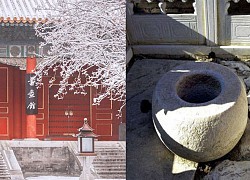 Như Ý15:45:57 06/11/2021The Forbidden City is a palace complex located in Dongcheng District, Beijing, China. With a total area of 720,000 square meters, the Forbidden City is the largest palace in the world. It used to be the imperial palace, the center of the city, the residence of the emperor and...
Như Ý15:45:57 06/11/2021The Forbidden City is a palace complex located in Dongcheng District, Beijing, China. With a total area of 720,000 square meters, the Forbidden City is the largest palace in the world. It used to be the imperial palace, the center of the city, the residence of the emperor and...

1 | 0 Discuss | Share
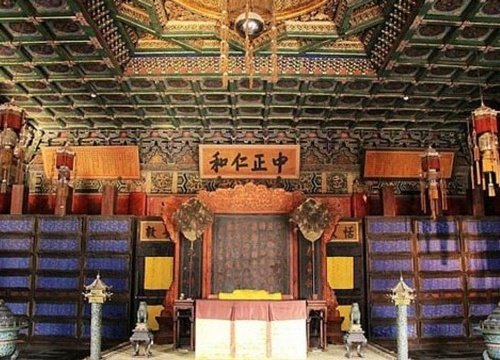
1 | 0 Discuss | Share
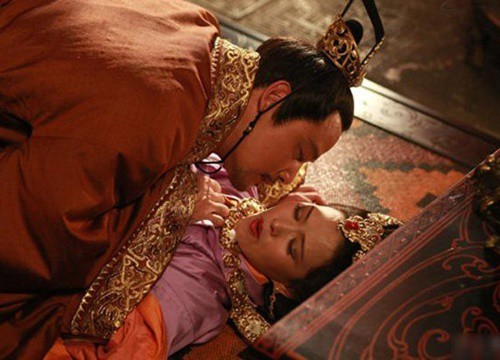
5 | 0 Discuss | Share
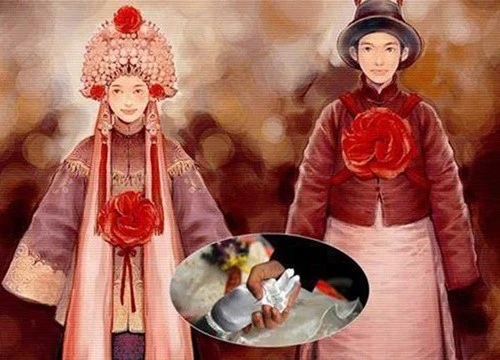
5 | 0 Discuss | Share

1 | 0 Discuss | Share

1 | 0 Discuss | Share
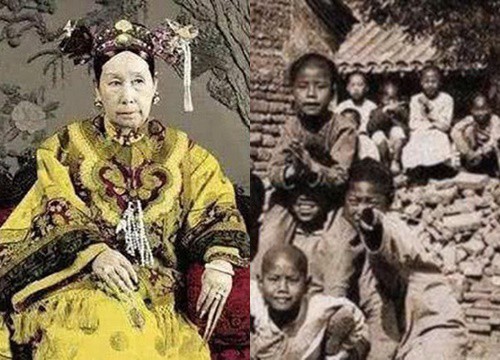
4 | 0 Discuss | Share

2 | 0 Discuss | Share

4 | 0 Discuss | Share
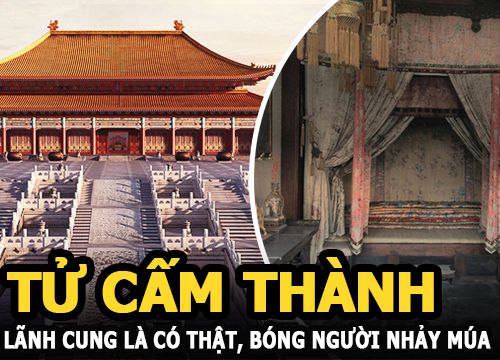
6 | 0 Discuss | Share

2 | 0 Discuss | Share
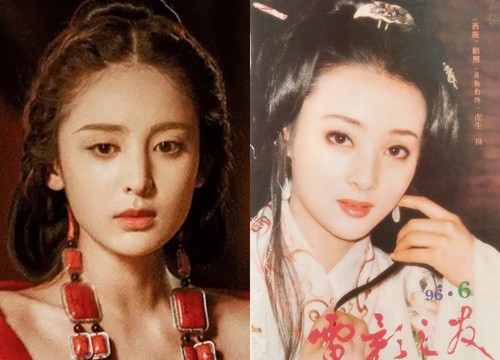
5 | 0 Discuss | Share

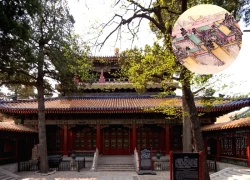



3 | 0 Discuss | Report